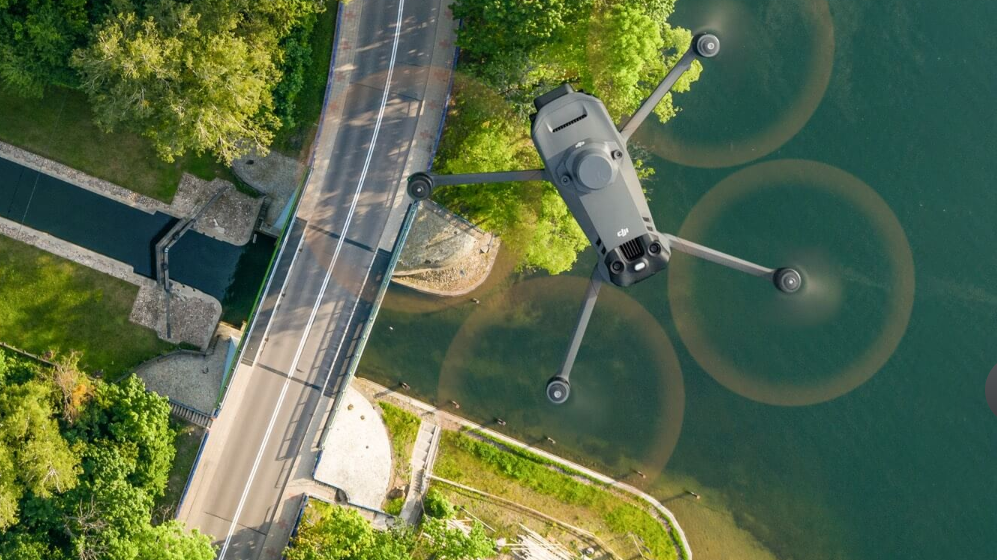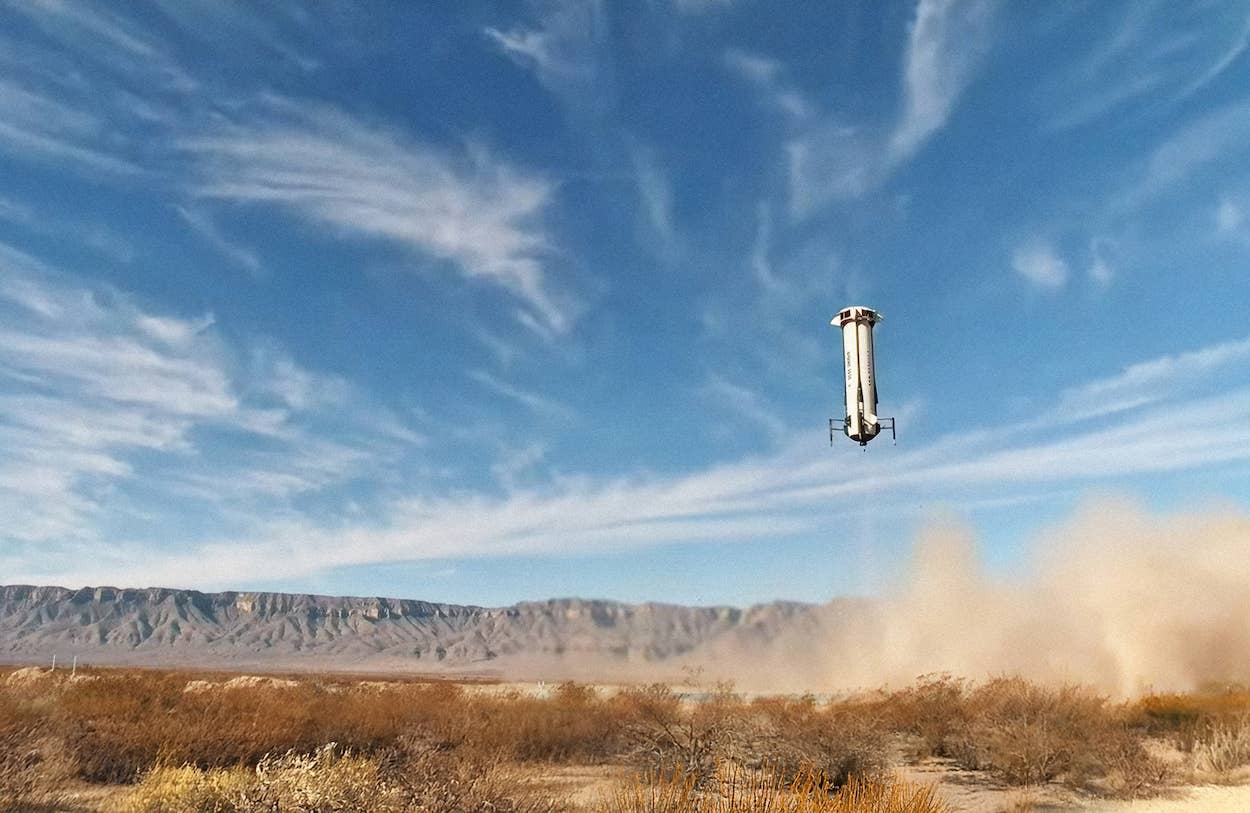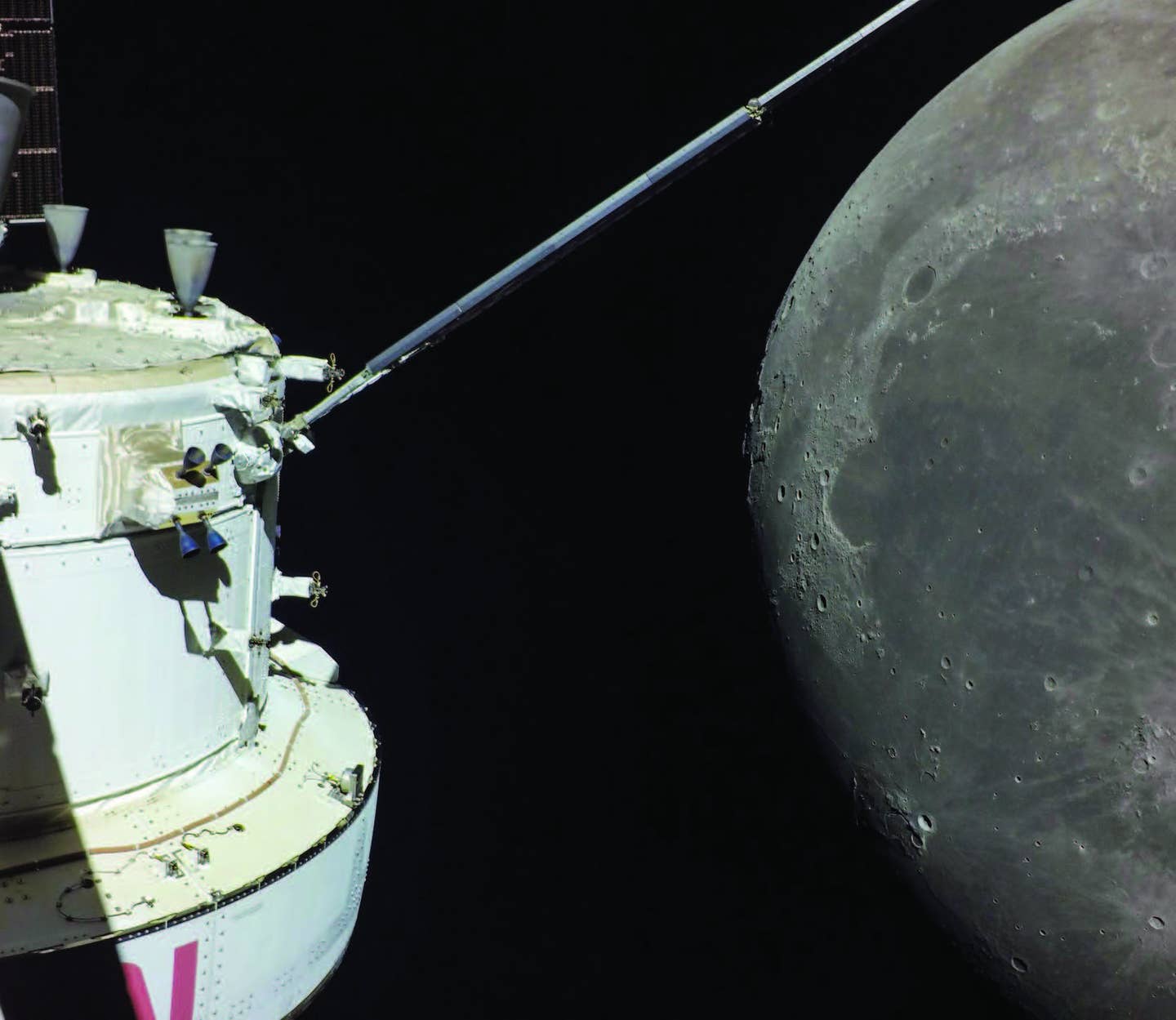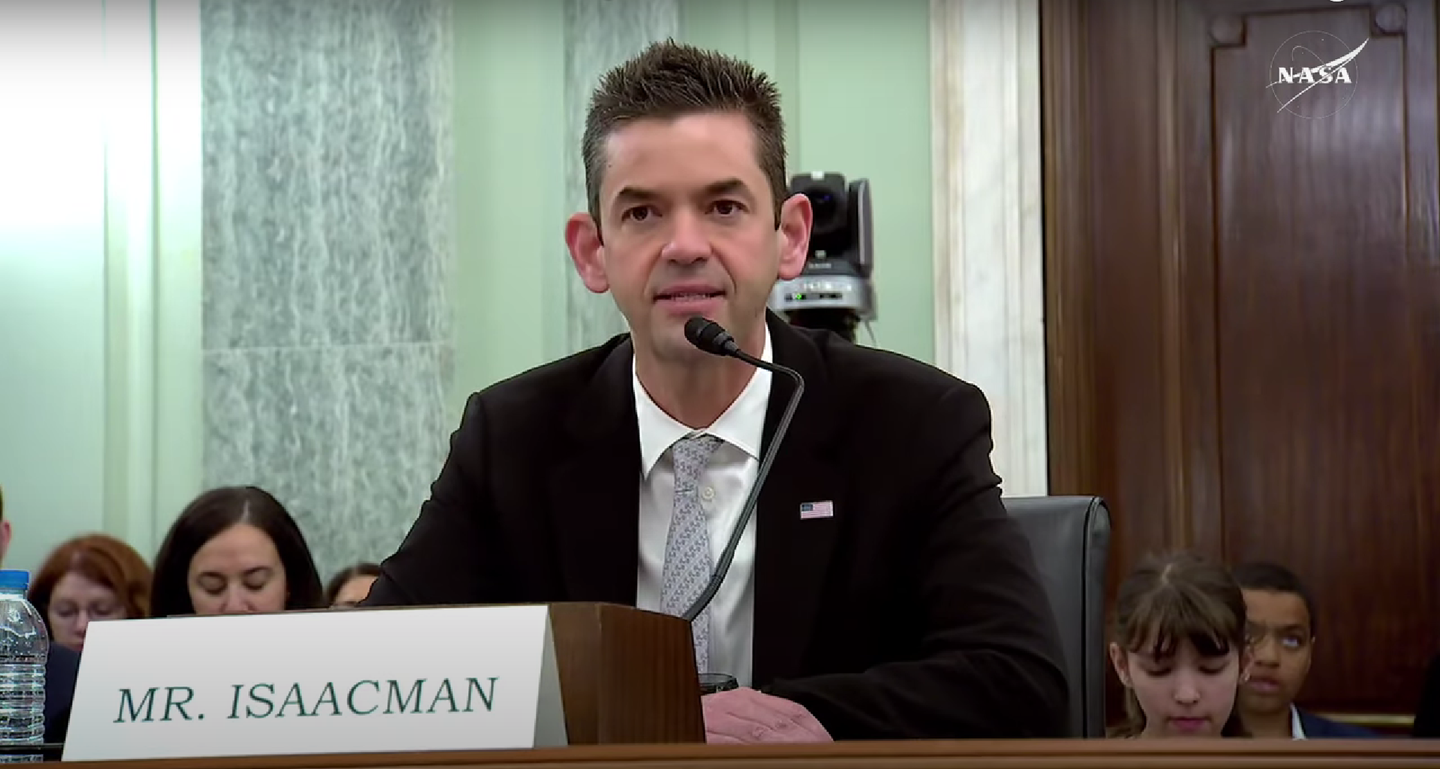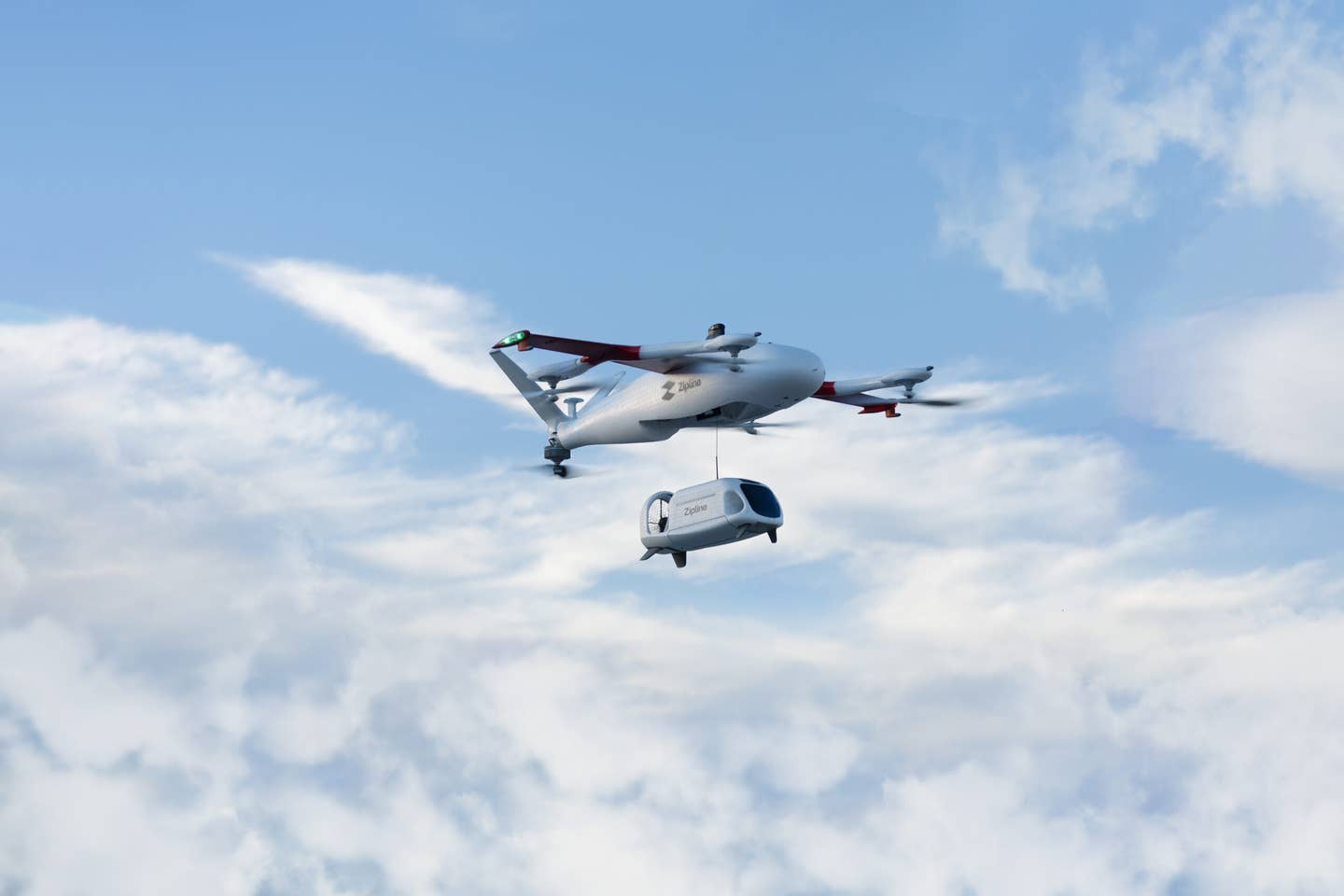Whisper Aero Partners to Integrate Ultraquiet Thruster with Electric Batteries
Manufacturer of high blade count electric ducted fans will work with Electric Power Systems (EPS) to design a powertrain for retrofit and clean-sheet aircraft.
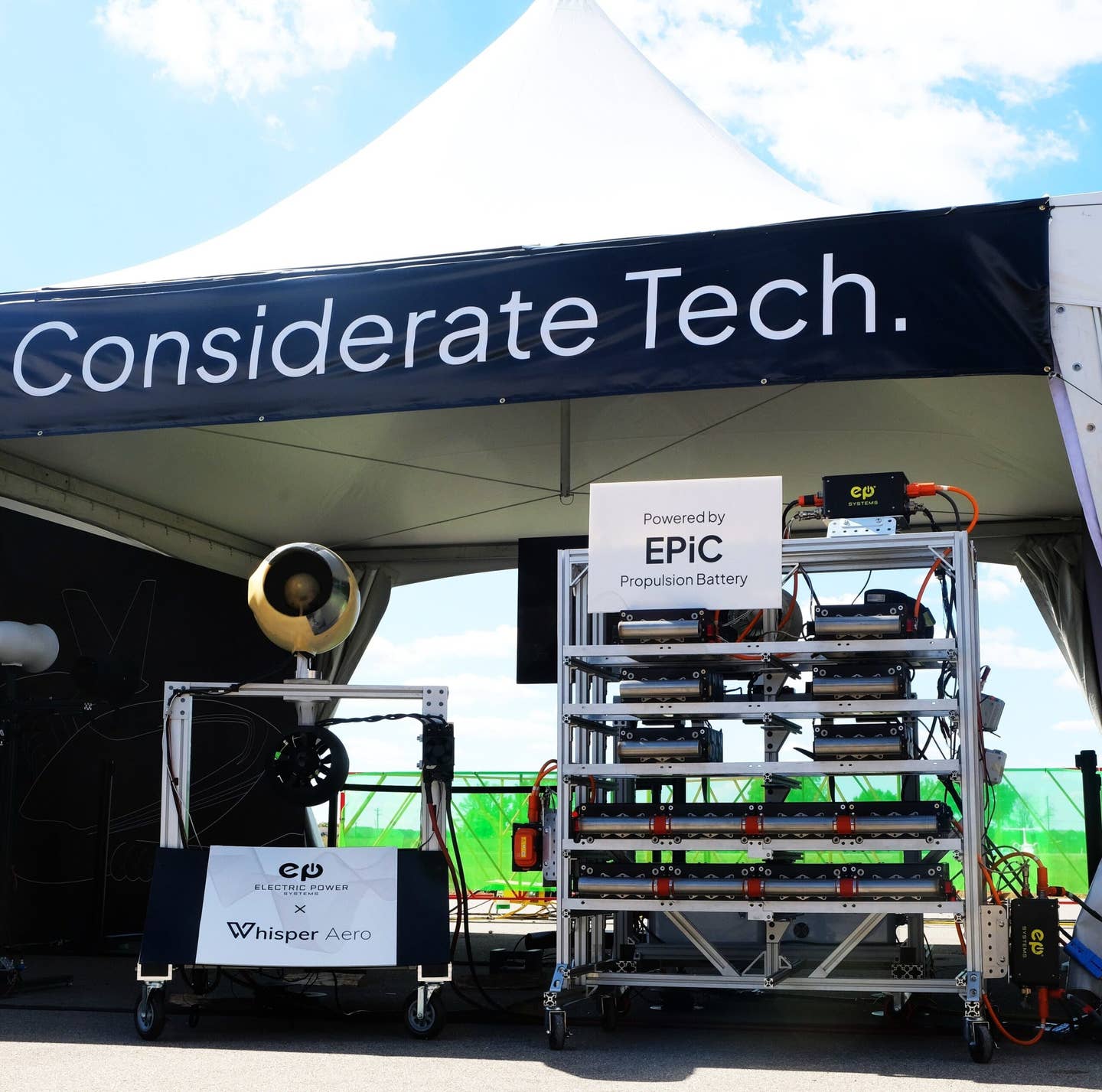
Whisper Aero plans to combine its electric ducted fan system with Electric Power Systems’ battery technology to build certifiable powertrains for FAA Part 23 aircraft. [Courtesy: Whisper Aero]
If you fly an FAA Part 23 aircraft, you may soon be able to operate in near-silence.
Whisper Aero, the manufacturer of an ultraquiet propulsion system, on Tuesday announced a partnership with Electric Power Systems (EPS) to combine its next-generation thrusters with EPS’ proprietary batteries. The objective, according to the partners, is to build certifiable electric powertrains for Part 23 models.
“Ultimately, the goal is to field these powertrains in complete solutions on retrofit and clean-sheet designs that enable affordable, sustainable flights at scale,” Whisper said.
Whisper was co-founded by Mark Moore and Ian Villa, two of the people behind Uber’s short-lived air taxi venture Uber Elevate, which was acquired by electric air taxi manufacturer Joby Aviation in 2020.
Eric Allison, the former head of Uber Elevate, also joined Joby, while co-founder Nikhil Goel departed for rival air taxi firm Archer Aviation.
But Moore and Villa decided to do something different, emerging from stealth in April 2023 with a $32 million raise to build a new kind of propulsion system.
At the core of Whisper’s thruster configuration is a set of high blade count electric ducted fans, an evolution of the designs Moore helped develop during his time as NASA, such as the X-57 Maxwell. According to the company, these fans are as quiet as a whisper at cruise altitude while delivering greater performance and safety than conventional propulsion systems.
The key is the fan’s high blade count, allowing Whisper to keep blade speed low while achieving an ultrasonic blade passage frequency, which is inaudible to humans. The company’s strategy is to differentiate between the different noises the propulsor produces, reducing some while “masking” others to be more pleasant to humans or animals.
Whisper said recent upgrades to its 80 pound-force thrust propulsor prototype, the eQ250, have effectively decoupled power and thrust, which typically are integrated in a turboprop. In short, Whisper can now put energy into developing its thruster while seeking a partner for its power needs—and it believes EPS is that partner.
The company’s EPiC 1.0 battery is known for powering novel aircraft such as the Diamond eDA40 awaiting FAA and EASA Part 23 certification. Per Whisper, EPS’ EPiC 2.0 battery boosts airtime by 50 percent on a single charge and could be the foundation for its new powertrains. EPS is seeking supplemental type certification for both systems from the FAA and European Union Aviation Safety Agency (EASA).
The partners say they have begun developing a Part 23 concept combining Whisper’s eQ250 and JetFoil integration with EPS’ energy storage systems. Already, they have completed initial compatibility testing. And at UP.Summit, the companies showcased how Whisper’s propulsor couples to EPS’ mobile battery unit.
They said the goal is to eventually test a flightworthy hybrid-electric demonstrator using a larger array of Whisper propulsors, as well as batteries that can integrate with a high voltage bus and turbogenerator.
Whisper said the agreement with EPS reflects the growth of its recently launched ReconnecTN initiative, under which it and autonomous flight developer Reliable Robotics are collaborating with public airports, academic and government institutions, electric charging providers, and the Tennessee Department of Transportation. The company has also secured NASA funding to develop electric ducted fans for human spaceflight.
Earlier this year, Moore, speaking at the Ohio Air Mobility Symposium, revealed the concept for the Whisper Jetliner—a 100-passenger regional commercial aircraft. While the company has no plans to actually build the aircraft, it hopes to entice a buyer who could develop the concept—potentially using the new EPS-enabled thruster.
Like this story? We think you'll also like the Future of FLYING newsletter sent every Thursday afternoon. Sign up now.

Sign-up for newsletters & special offers!
Get the latest FLYING stories & special offers delivered directly to your inbox

